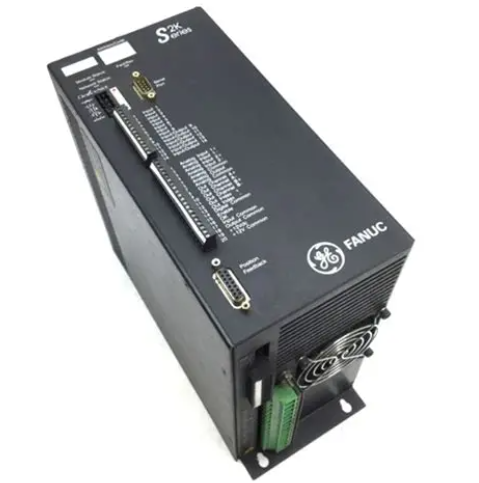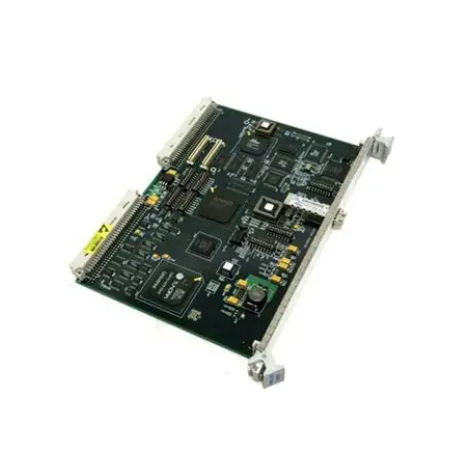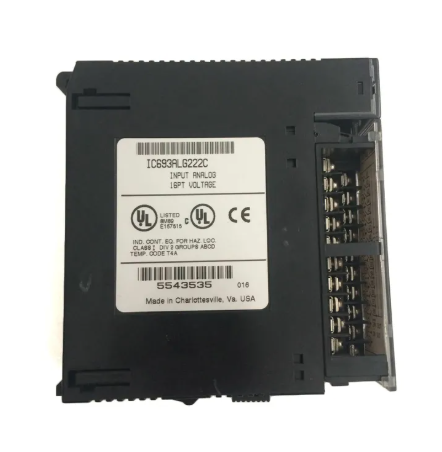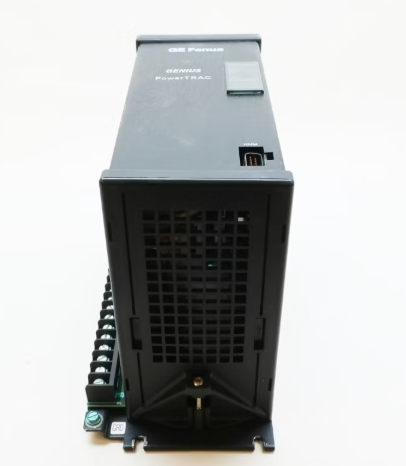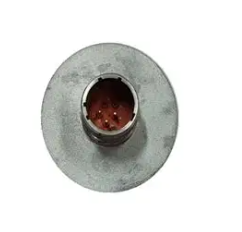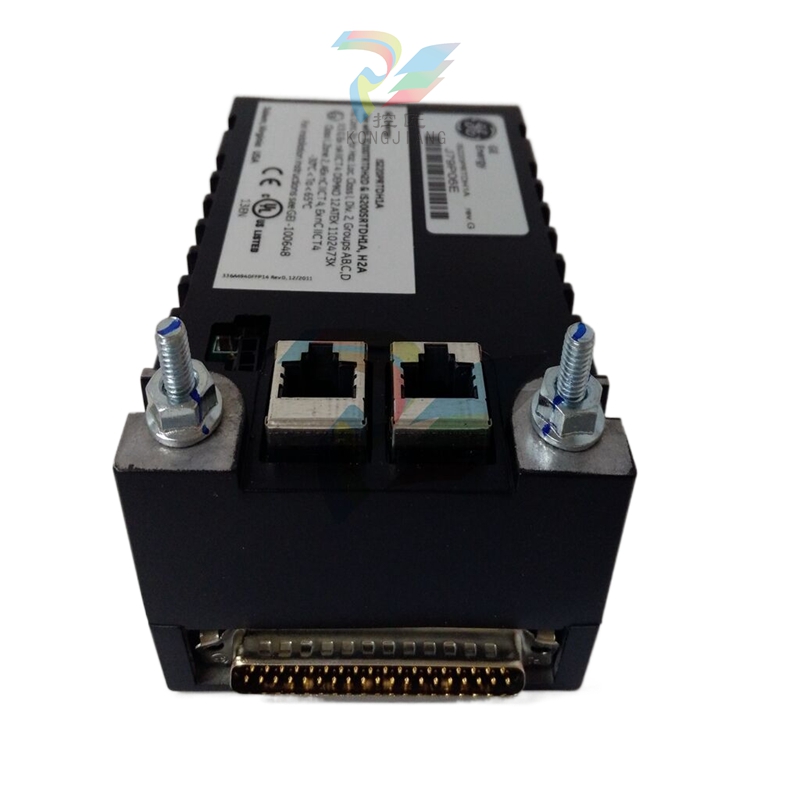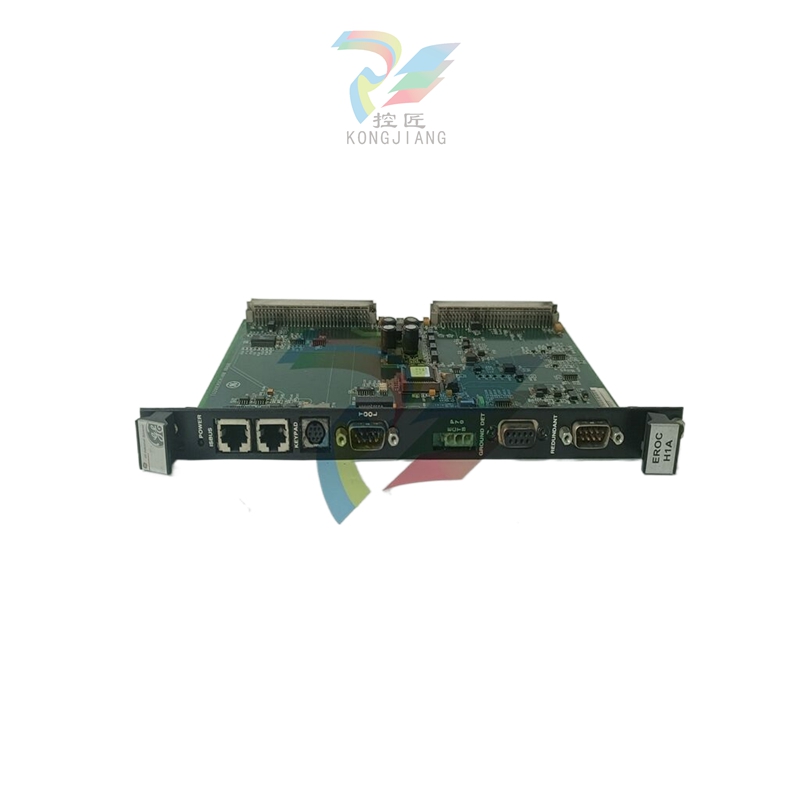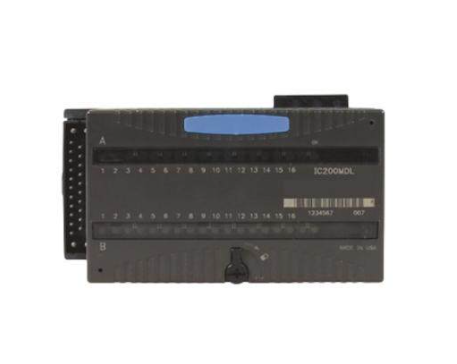What are the advanced sewage treatment technologies today?
Membrane technology Membrane separation methods are commonly used microfiltration, nanofiltration, ultrafiltration and reverse osmosis and other technologies. Because membrane technology does not introduce other impurities in the treatment process, it can realize the separation of large molecules and small molecules, so it is often used for the recovery of various large molecular raw materials, such as the use of ultrafiltration technology to recover polyvinyl alcohol slurry of printing and dyeing wastewater. At present, the main difficulties that limit the application and popularization of membrane technology are high cost, short life, easy to be polluted and blocked by scale. With the development of membrane production technology, membrane technology will be more and more applied in the field of wastewater treatment. Magnetic separation technology Magnetic separation technology is a new water treatment technology developed in recent years, which uses the magnetic separation of impurity particles in wastewater. For non-magnetic or weakly magnetic particles in water, magnetic inoculation technology can be used to make them magnetic.

There are three methods of magnetic separation technology used in wastewater treatment: direct magnetic separation method, indirect magnetic separation method and microbial magnetic separation method. At present, the magnetization technology mainly includes magnetic agglomeration technology, ferric salt co-sedimentation technology, iron powder method, ferrite method, etc. The representative magnetic separation equipment is disk magnetic separator and high gradient magnetic filter. At present, magnetic separation technology is still in the laboratory research stage and can not be applied to practical engineering practice. The typical Fenton reagent of Fenton and Fenton-like oxidation processes is produced by the decomposition of H2O2 catalyzed by Fe2+ to produce •OH, which leads to the oxidative degradation of organic matter. As Fenton process takes a long time to treat wastewater, it uses a large number of test doses, and excessive Fe2+ will increase COD in the treated wastewater and produce secondary pollution. In recent years, ultraviolet light and visible light have been introduced into the Fenton system, and other transition metals have been studied to replace Fe2+. These methods can significantly enhance the oxidative degradation ability of Fenton reagent on organic matter, reduce the amount of Fenton reagent and reduce the treatment cost, collectively referred to as Fenton-like reaction. Fenton process has mild reaction conditions, simple equipment and wide application range. It can be used as a separate treatment technology, or combined with other methods, such as coagulation precipitation, activated carbon, biological treatment, etc., as a pretreatment or advanced treatment method of refractory organic wastewater. Ozone oxidation Ozone is a strong oxidizing agent, fast reaction with reduced pollutants, easy to use, does not produce secondary pollution, can be used for sewage disinfection, color removal, deodorization, removal of organic matter and reduce COD. Using ozone oxidation alone is expensive and expensive, and its oxidation reaction is selective, and the oxidation effect on some halogenated hydrocarbons and pesticides is relatively poor. To this end, in recent years, the development of related combination technologies aimed at improving the efficiency of ozone oxidation, in which UV/O3, H2O2/O3, UV/H2O2/O3 and other combination methods can not only improve the oxidation rate and efficiency, but also can oxidize organic matter that is difficult to oxidize and degrade when ozone acts alone. Due to the low solubility of ozone in water, low production efficiency and high energy consumption, increasing the solubility of ozone in water, improving the utilization rate of ozone, and developing high efficiency and low energy consumption ozone generation devices have become the main research directions. Wet (catalytic) oxidation Wet (catalytic) oxidation method is at high temperature (150~350℃), high pressure (0.5~20 MPa), under the action of catalysts, the use of O2 or air as an oxidizing agent (add catalyst), (catalytic) oxidation of dissolved or suspended organic matter or reduced inorganic matter in the water, to achieve the purpose of removing pollutants.

Wet air (catalytic) oxidation method can be applied to the treatment of municipal sludge and industrial wastewater such as acrylonitrile, coking, printing and dyeing, and pesticide wastewater containing phenols, chlorohydrocarbons, organophosphorus and organic sulfur compounds. Plasma water treatment technology Low temperature plasma water treatment technology, including high voltage pulse discharge plasma water treatment technology and glow discharge plasma water treatment technology, is the use of discharge directly in the aqueous solution to produce plasma, or the active particles in the gas discharge plasma into the water, can make the pollutants in the water thoroughly oxidized, decomposed. The direct pulse discharge in aqueous solution can be operated at normal temperature and pressure, and the chemical oxidizing species in situ can be oxidized and degraded organic matter in aqueous solution without adding catalyst during the whole discharge process. This technology is economical and effective for the treatment of low concentration organic matter. In addition, the type of reactor using pulsed discharge plasma water treatment technology can be flexibly adjusted, the operation process is simple, and the corresponding maintenance cost is low. Due to the limitation of discharge equipment, the energy efficiency of this process to degrade organic matter is low, and the application of plasma technology in water treatment is still in the research and development stage. Electrochemical (catalytic) oxidation Electrochemical (catalytic) oxidation technology directly degrades organic matter through anodic reaction, or produces oxidizing agents such as hydroxyl radicals (•OH) and ozone to degrade organic matter through anodic reaction. Electrochemical (catalytic) oxidation includes one -, two - and three-dimensional electrode systems. Due to the micro-electric field electrolysis of three-dimensional electrode system, it has been highly respected. The three-dimensional electrode is filled with granular or other detritus working electrode material between the electrodes of the traditional two-dimensional electrolytic cell, and the surface of the loaded material is charged to become the third pole, and the electrochemical reaction can occur on the surface of the working electrode material. Compared with the two-dimensional flat electrode, the three-dimensional electrode has a large specific surface, can increase the surface ratio of the electrolyzer, can provide a larger current intensity at a lower current density, small particle spacing and high mass transfer speed, high space-time conversion efficiency, so the current efficiency is high and the processing effect is good.
- EMERSON
- Honeywell
- CTI
- Rolls-Royce
- General Electric
- Woodward
- Yaskawa
- xYCOM
- Motorola
- Siemens
- Rockwell
- ABB
- B&R
- HIMA
- Construction site
- electricity
- Automobile market
- PLC
- DCS
- Motor drivers
- VSD
- Implications
- cement
- CO2
- CEM
- methane
- Artificial intelligence
- Titanic
- Solar energy
- Hydrogen fuel cell
- Hydrogen and fuel cells
- Hydrogen and oxygen fuel cells
- tyre
- Chemical fiber
- dynamo
- corpuscle
- Pulp and paper
- printing
- fossil
- FANUC
- Food and beverage
- Life science
- Sewage treatment
- Personal care
- electricity
- boats
- infrastructure
- Automobile industry
- metallurgy
- Nuclear power generation
- Geothermal power generation
- Water and wastewater
- Infrastructure construction
- Mine hazard
- steel
- papermaking
- Natural gas industry
- Infrastructure construction
- Power and energy
- Rubber and plastic
- Renewable energy
- pharmacy
- mining
- Plastic industry
- Schneider
- Kongsberg
- NI
- Wind energy
- International petroleum
- International new energy network
- gas
- WATLOW
- ProSoft
- SEW
- wind
- ADVANCED
- Reliance
- YOKOGAWA
- TRICONEX
- FOXBORO
- METSO
- MAN
- Advantest
- ADVANCED
- ALSTOM
- Control Wave
- AB
- AMAT
- STUDER
- KONGSBERG
- MOTOROLA
- DANAHER MOTION
- Bently
- Galil
- EATON
- MOLEX
- Triconex
- DEIF
- B&W
- ZYGO
- Aerotech
- DANFOSS
- KOLLMORGEN
- Beijer
- Endress+Hauser
- MOOG
- KB
- Moxa
- Rexroth
- YAMAHA
- Johnson
- Westinghouse
- WAGO
- TOSHIBA
- TEKTRONIX


Email:wang@kongjiangauto.com

















































































































